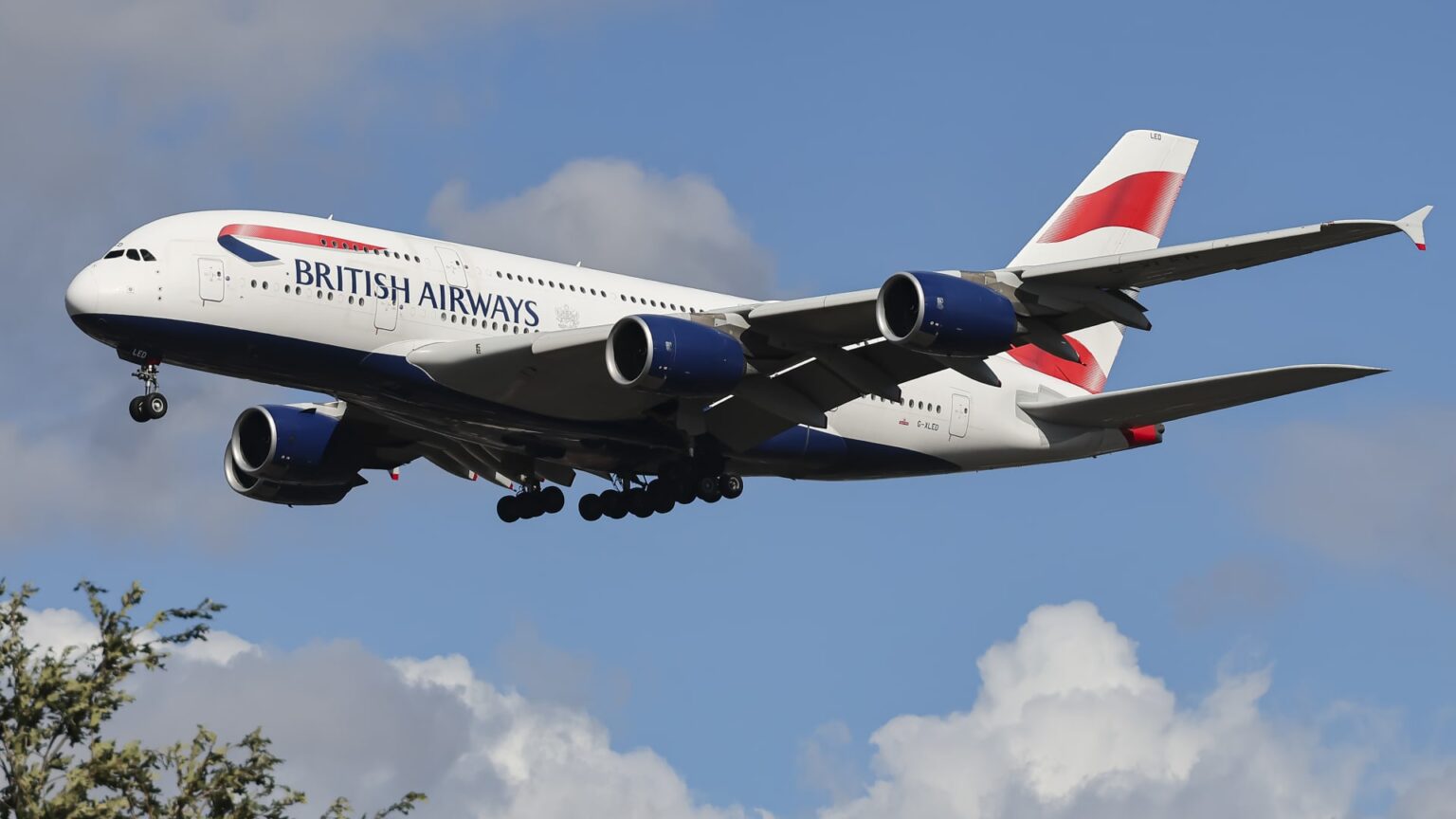British Airlines, Qantas and Finnair are some of the airlines that are reducing services to China.
Nicola Economou | Nurphoto | Getty Images
Major global airlines are reducing services and, in some instances, withdrawing from China altogether as longer routes to Asia following the closure of Russian airspace have raised operational costs, while demand has been low.
Virgin Atlantic and Scandinavian Airlines, for instance, are completely withdrawing from China, the companies’ websites show. Virgin Atlantic ceased all flights to Hong Kong — and closed an office there — in 2022, ending the airline’s 30-year presence in the Asian financial hub.
A report from travel news site Skift shows that seven major airlines have retreated from the country in the past four months.
John Grant, chief analyst at the aviation intelligence company OAG, said the situation is “going to get more pronounced, before it gets any better.”
British Airlines has steadily downgraded the size of jets it flies into China, said Grant. Routes that were flying Boeing 747 jumbo jets, were replaced by B777s and eventually even smaller B787s, he said. This is another way to scale back capacity, yet it “retains the dot” on an airline route map, said Skift.
It’s a no-brainer, quite frankly.
John Grant
chief analyst at OAG
Rising costs
Following Russia’s invasion of Ukraine, the EU and the United Kingdom, along with other Western nations, imposed a blanket flight ban on Russian aircraft. Russia responded in kind by closing its airspace, forcing many European carriers to fly longer routes to reach Asia.
Longer flights require more fuel, which make flights more expensive. Chinese airlines, however, are not subject to Russian airspace prohibitions, so they can fly the same routes into Europe faster and cheaper than their European counterparts.
Three days after Russia invaded Ukraine, Finnair announced that flights to major Asian cities — Tokyo, Shanghai, Seoul, Bangkok, Delhi and Singapore — would be longer. The airline is reducing services to China this winter, while adding flights to Thailand.
Aaronp/bauer-griffin | Gc Images | Getty Images
Additionally, “airlines have had to operate with four-man flight crews because of the extended hours when, in some cases, they could have used a two- or three-man crew,” said Grant. “When flight crew are short and hours limited, that’s an expense.”
Grant said European carriers have found better uses for aircraft that were deployed to China.
For example, when British Airlines dropped its Beijing route, it reallocated the planes to Cape Town, he said. “Load factors” — how full the plane is — jumped from 55% on the Beijing route, to 90% on Cape Town services, he said.
Lower demand
As major carriers pull back from China, some are adding capacity to other parts of Asia, showing the Russia airspace problem isn’t a deal-breaker unto itself.
Demand in and out of China is another major issue, said Grant. The country’s economic problems thwart outbound travel, while lackluster international interest to visiting China is dampening inbound arrivals.
In pre-pandemic 2019, China welcomed some 49.1 million travelers, while around 17.25 million foreigners had arrived in China this year as of July, according to the Chinese government.
Qantas cited “low demand” when it announced it was canceling Sydney to Shanghai services in May. Australia’s state flag carrier still flies from Sydney, Melbourne, Brisbane and Perth to Hong Kong.
U.S. airlines haven’t been hit as hard by the Russian airspace issue, but they too are retreating, said Grant.
“Indeed U.S. carriers are making hard but very commercial decisions to drop Chinese services and redeploy the aircraft elsewhere,” he said. “It’s a no-brainer, quite frankly and a reflection of the market.”
“U.S. carriers have no real interest in doing anything more than they are at the moment,” he said. “It’s almost as though they are hanging on to the frequencies they have to ensure when China comes back that they have a presence in the market, and are not blocked out by the Chinese saying no slots are available — they’ve done that before.”
CNBC reached out to Chinese aviation officials for comment, but did not receive a response.
China airlines’ struggle
Low demand has also plagued domestic airlines in China.
Grant said that China airlines will recover, but only over the longer term. “But when its largest airline lost US$4.8 billion in 2022 and last year ‘only’ US$420 million, when all major international legacy airlines were profitable, they’ve a long way to go.”
This winter, China-based carriers will operate 82% of all flights between China and Europe, up from 56% before the pandemic, he said. Collectively, Chinese airlines have increased capacity to Europe, compared to pre-pandemic, even though the market and trade flows were much stronger then, said Grant.
A screenshot from Lufthansa’s website for flights on Oct. 26 show all non-stop flights from Frankfurt to Beijing are operated by Air China.
CNBC
“Chinese carriers are desperate for hard cash and to be seen to be returning to ‘normal,” he said.
And, more flights are on the way, said Grant.
“This coming winter there will be some 18 new routes between China and Europe … all of which are from Chinese airlines,” said Grant. “It’s madness — there is no real demand.”


